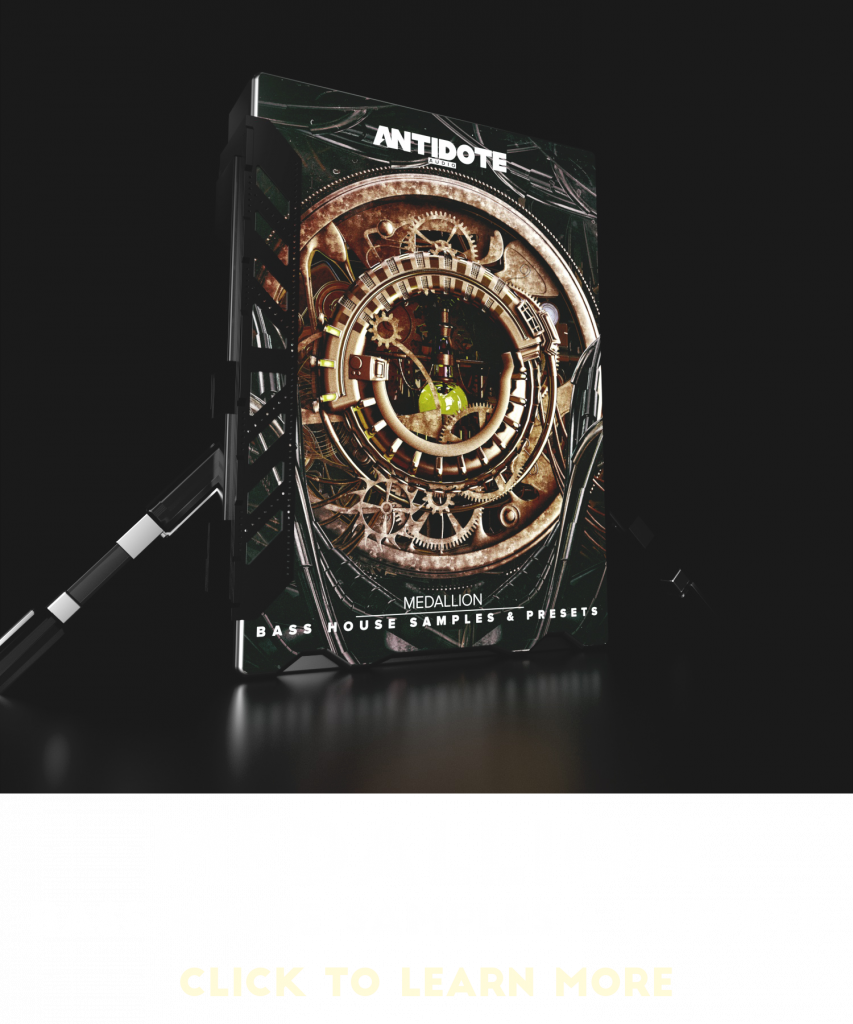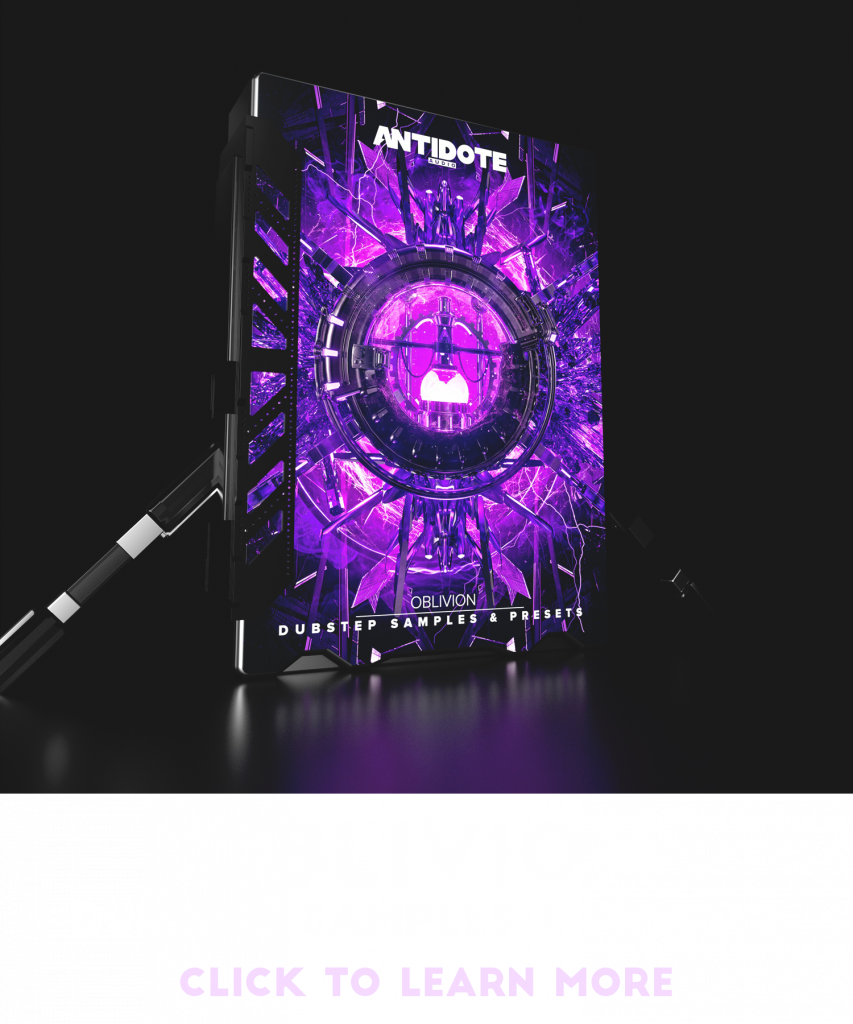
1. MIDI Velocity on Piano Notes
Instead of leaving the velocity (intensity of notes) on the hardest setting, why not bring them down to around a third. This creates a more natural feel and sound with the piano rather than the hard, stuck sound full velocity notes have.
2. Sidechaining
Sidechaining can transform your mix, no doubt about it. Typically, Sidechaining is mostly used to make the bassline duck in volume in time to the kick drum. This allows the kick to punch through the mix since a kick and bass share similar low end frequencies. Check out our sidechain tutorial here!
3. Replacing Samples is More Efficient than Fixing Them
If you find yourself spending too much time trying to fix a sample/specific sound rather than make it fit in the mix or improve on the characteristics of the sound, try replacing the sound/sample with something different. Remember the classic saying? “you can’t polish a turd”
4. Try not to EQ everything
Just because you have access to many EQ’s or possibly even some of the best EQ’s available, doesn’t mean you have to use them on every channel you have in your project. It’s easy to overdo and ruin a sound by EQ’ing out or boosting the characteristics of a sound too much. Remember less is more. For example if your snare sounds great in the mix with everything else, it’s probably best to leave it that way…
5. Don’t start with a Limiter on your Master Channel
It’s an easy habit to get into, so it’s best to remove it strait away or not put one on. The limiter on the master isn’t needed until you get to the mastering stage. If you have it on normally it gives you a bad indication on how you song is sounding and might even squish the mix.
6. Louder isn’t Necessarily Better
If you start to see your track channels ‘creep into the red’ (this means they are too loud) an easy thing to do would be to select all the channels and turn them down at the same time until they’re back into the green. This gives you more headroom to work with later an an avoids unnecessary clipping (which isn’t good)
7. You Never Know Until You Try…
Just because an idea sounds weird (eg. 5 choruses and an OTT on a snare?) don’t knock it until you try it. You never know, it might be a new part of your signature sound and change the way you make music.
8. Reverb on Your Drums
If your drums are sounding a bit stale or just need help blending into the mix, try adding reverb onto your Drums. This helps give them space, surroundings and a natural feel.
9. A Minor to start Songs
If you’re not comfortable with music theory, start with the scale of A Minor. A Minor contains all the white keys on a piano (A,B,C,D,E,F,G) so it’s easy to look at and work your way around the piano roll without overthinking which notes you could move to next. Or if you want to try a scale with all the black keys, try F#major.
10. Creating Adlibs/backing for your Vocals
Creating an adlib for a vocal track can actually be quite simple. All that’s needed is to duplicate the vocal channel, make sure the vocal will retain its timing (warp mode on ableton) and pitch the duplicated vocal down 12 semitones, then lower the volume a little bit on the new vocal channel so it sits just behind the main vocal.
11. Claps sound Better Shifted Slightly
Im my personal opinion a clap will often sound so much better when it’s shifted slightly to the left of the grid. Say if you have a drum pattern of kick, kick, kick, kick on each beat which is a classic electro styled pattern. Then you have a clap on the second and fourth downbeat, try shifting the clap a little (and I mean little) to the left.
12. Use the Sausage Fattener
Ok, there had to be one meme one in here. But in all seriousness and subtle bit of the mighty Sausage Fattener (a vst plugin) 3-15% fatness actually sounds great on just about anything!
13. Try Adding Subtle OTT
If your sound has some rough edges that needs rounding out or needs to be a bit squished, chances are it needs OTT. OTT is an Ableton Live Multiband Dynamics presets or xFer Records Plugin which you can download for free. Try adding small amounts of OTT on to your sounds for some great results.
14. How to Create Wider Sounds Easily
It’s fairly strait forward to create wider sounds in your DAW. Try adding a small amount of chorus to your sound, a small amount of reverb or a very fast ping pong delay (8ms -20ms).
15. Where to start to send your music for Promotion
If you’re getting serious about your songs and you feel like you’re at the stage where you should be promoting your music to get more fans. Try sending your music to Vloggers to use in the background of their videos. Or music blogs who features songs or do reviews, Music Promotion channels who post new music all the time (think UKF, Majestic, Dubstep Gutter, Trap City etc etc)
16. Getting a Response
Getting turned down or no response sucks when you send in music for promotion. But fear not, it happens all the time to producers, the best thing to do is to try take on their advice, see if it makes sense to you and take it on board if it is, if not then disregard it and get back in the studio and keep going with your passion!





